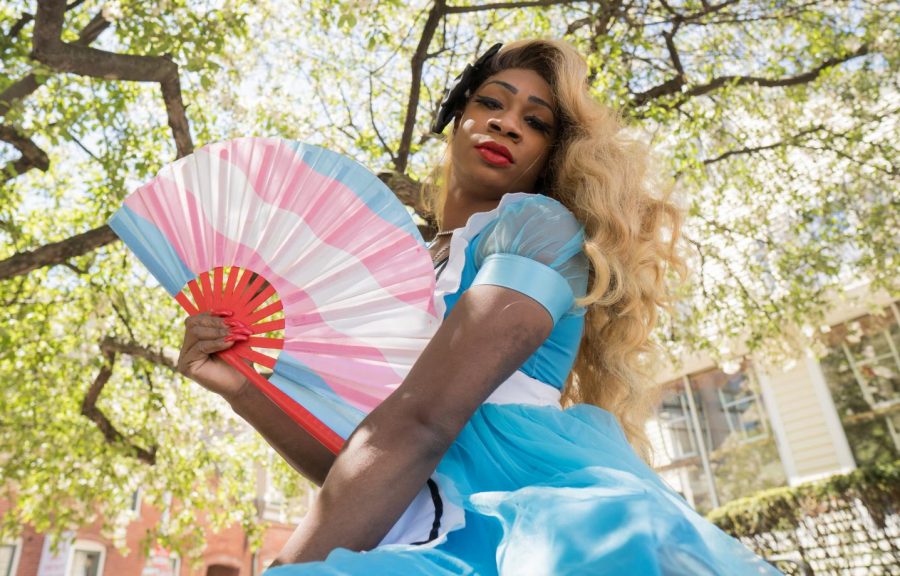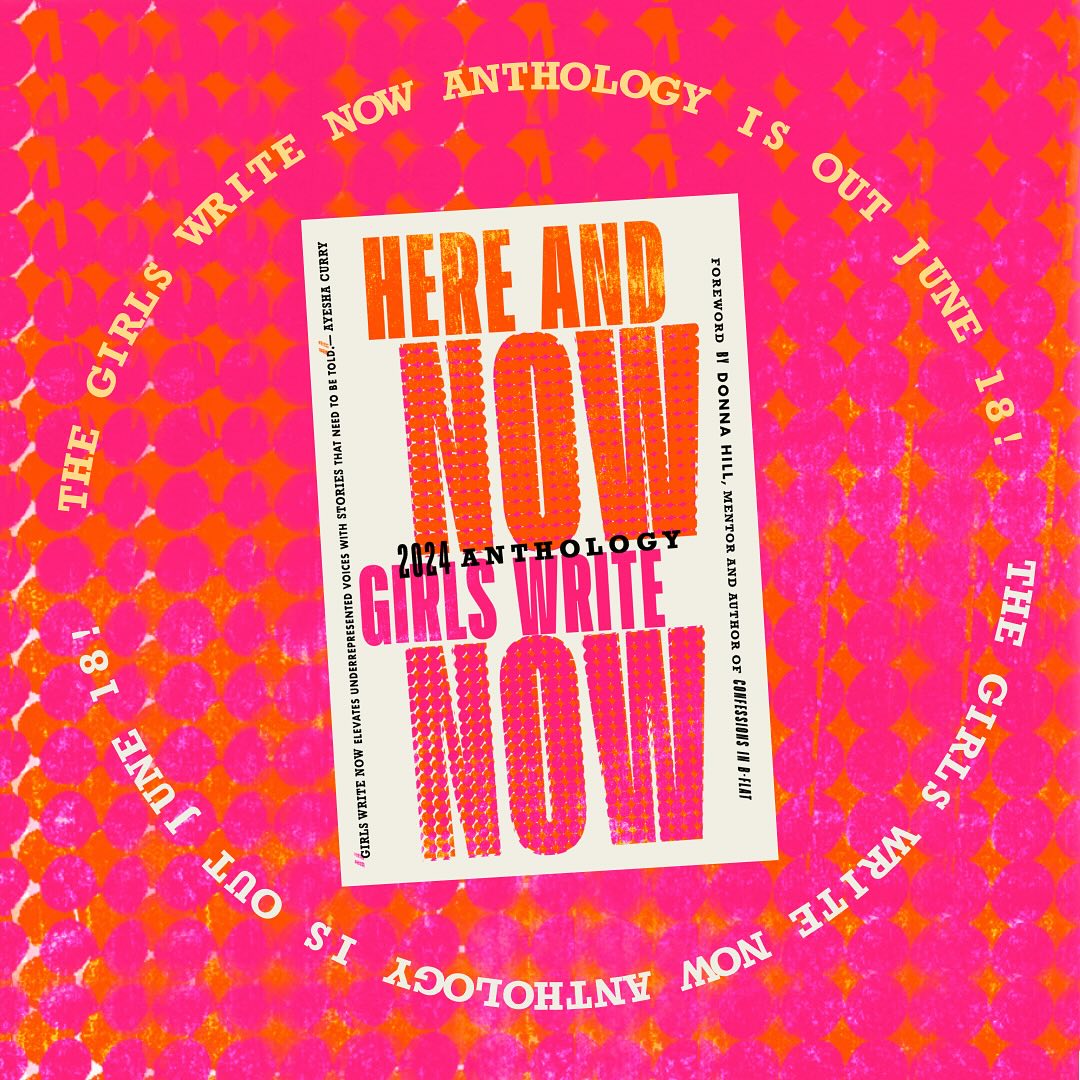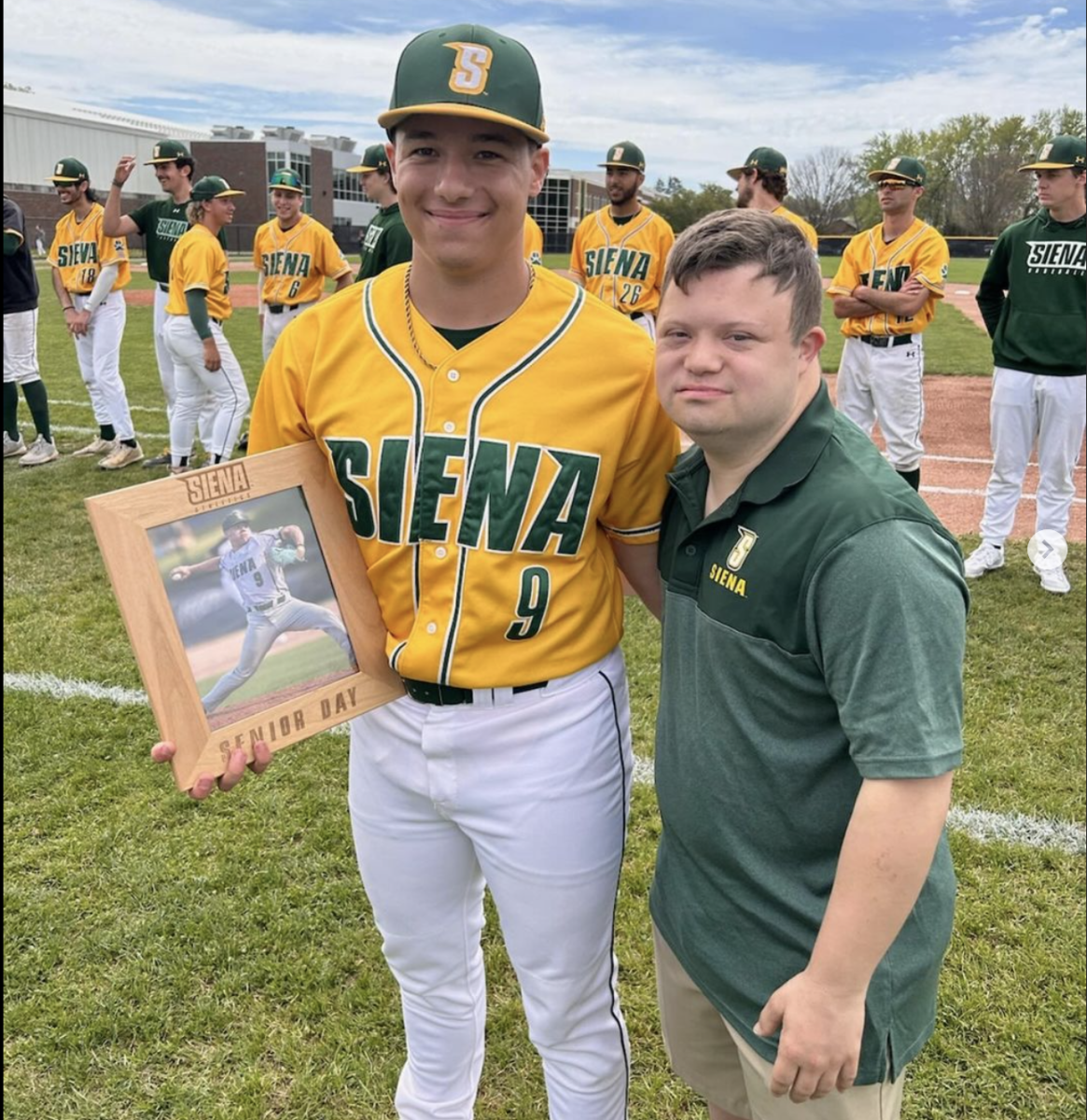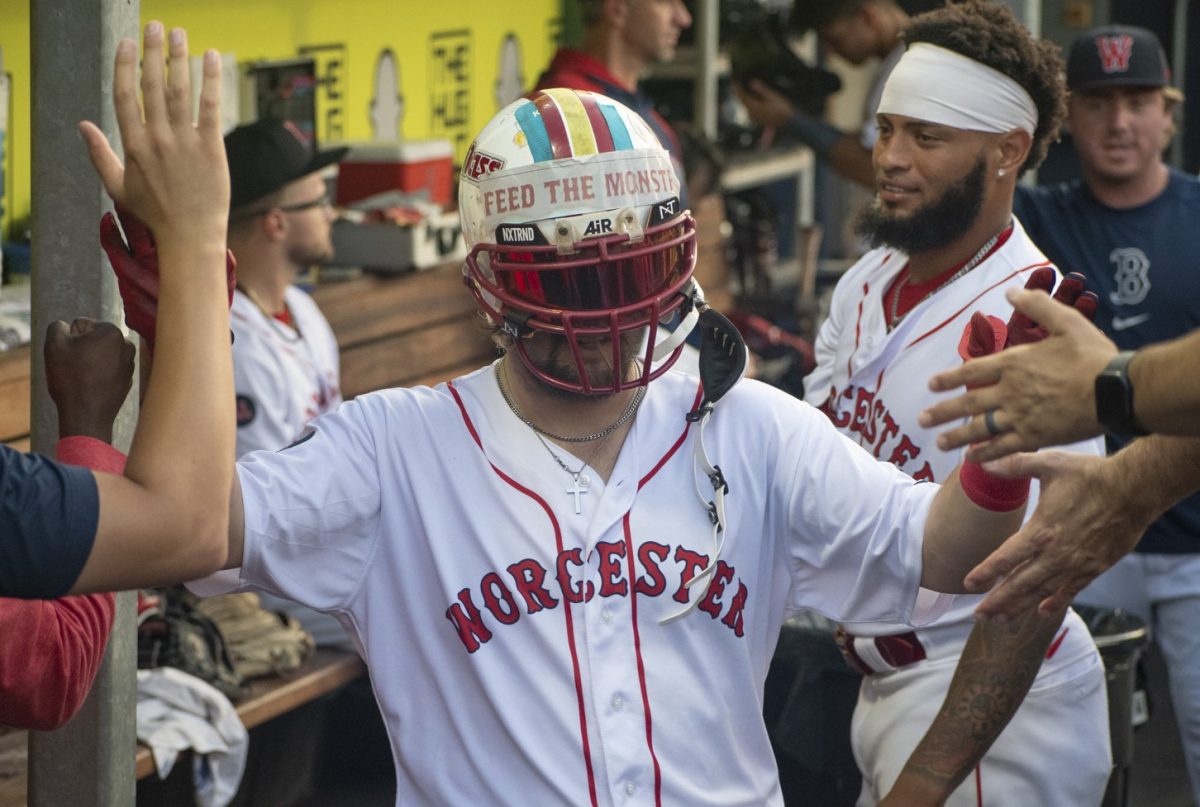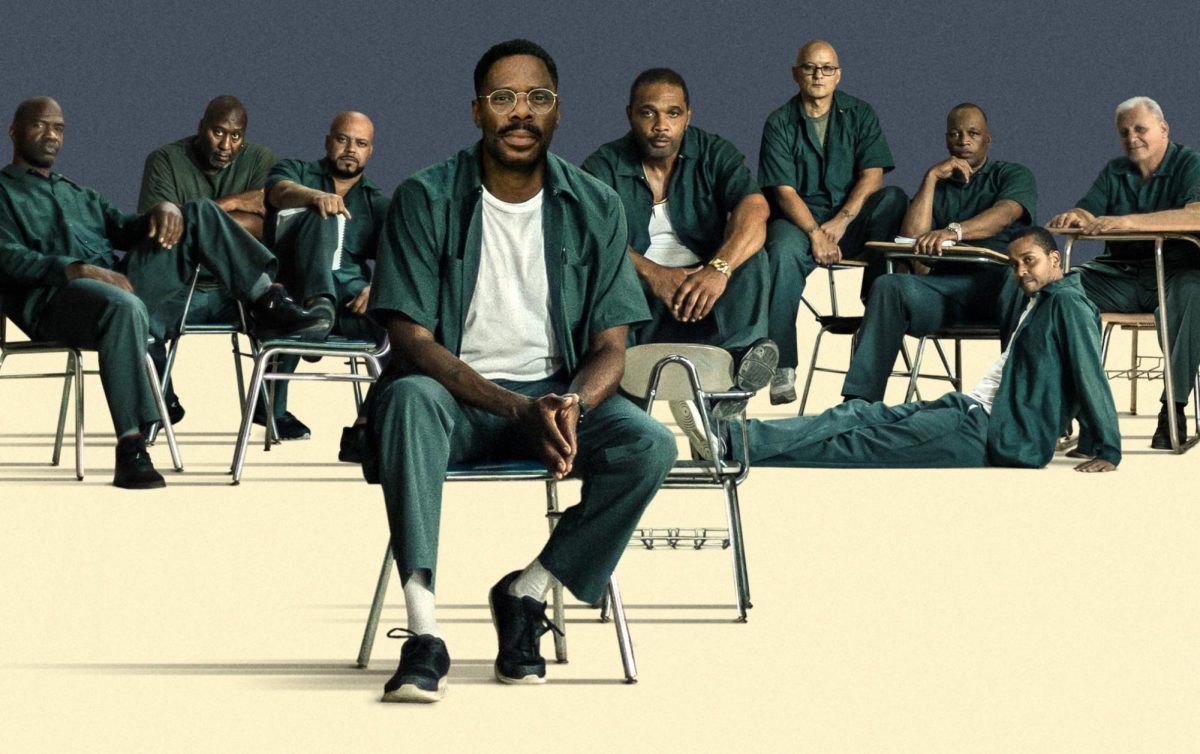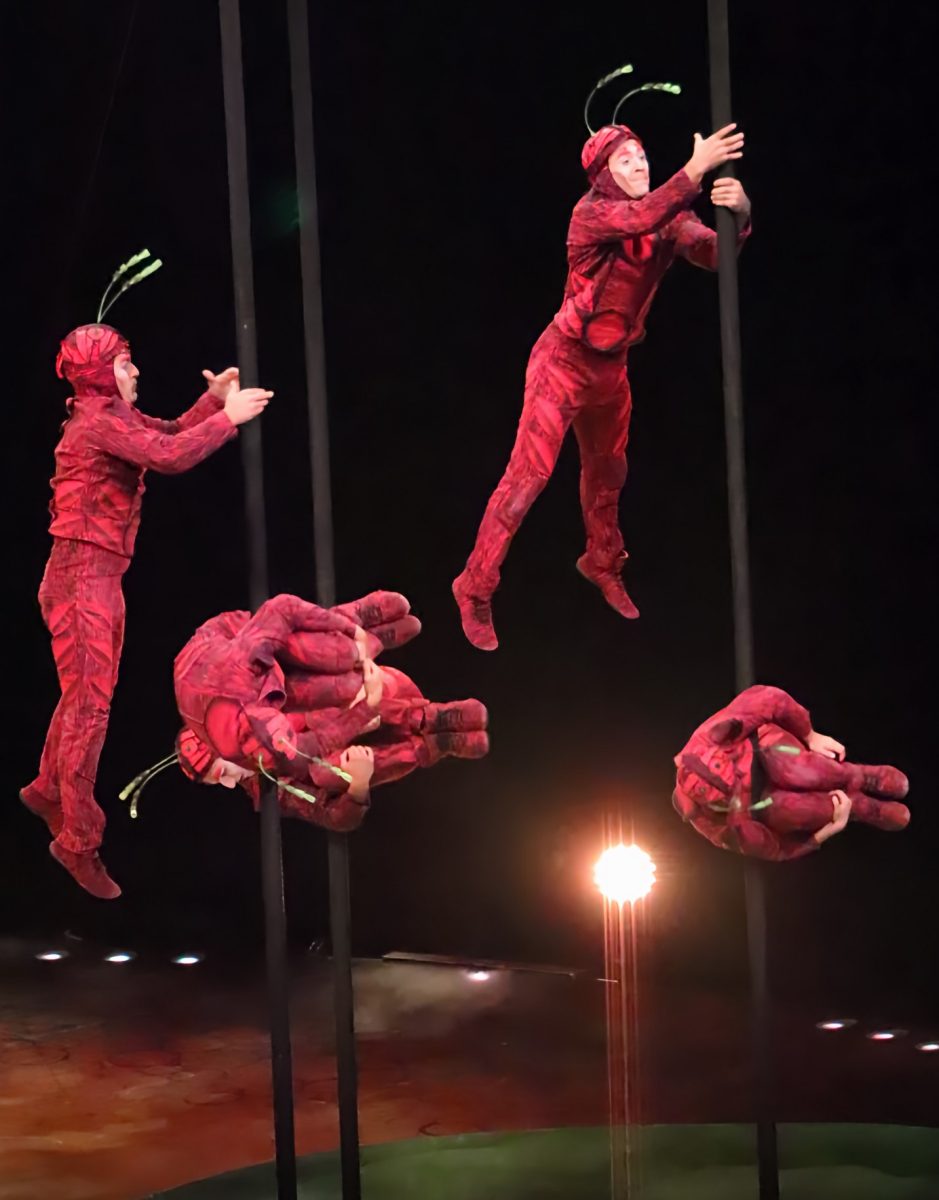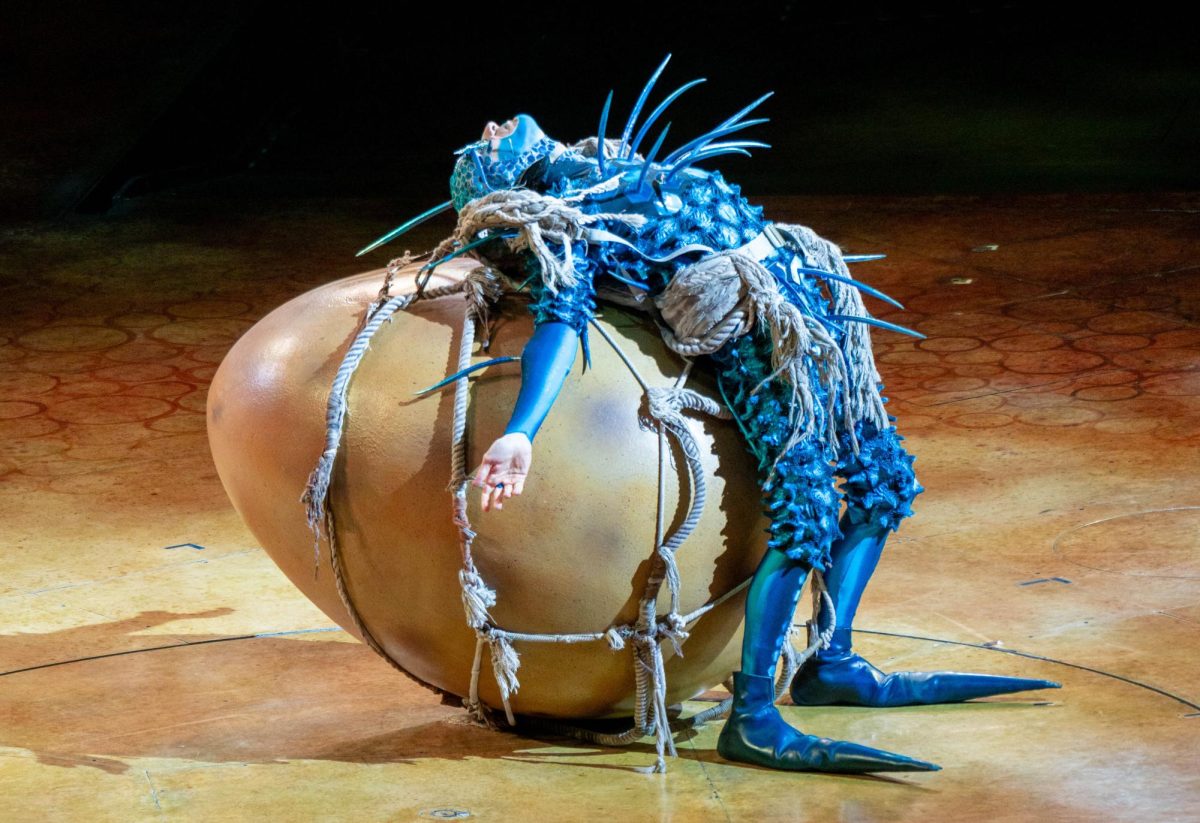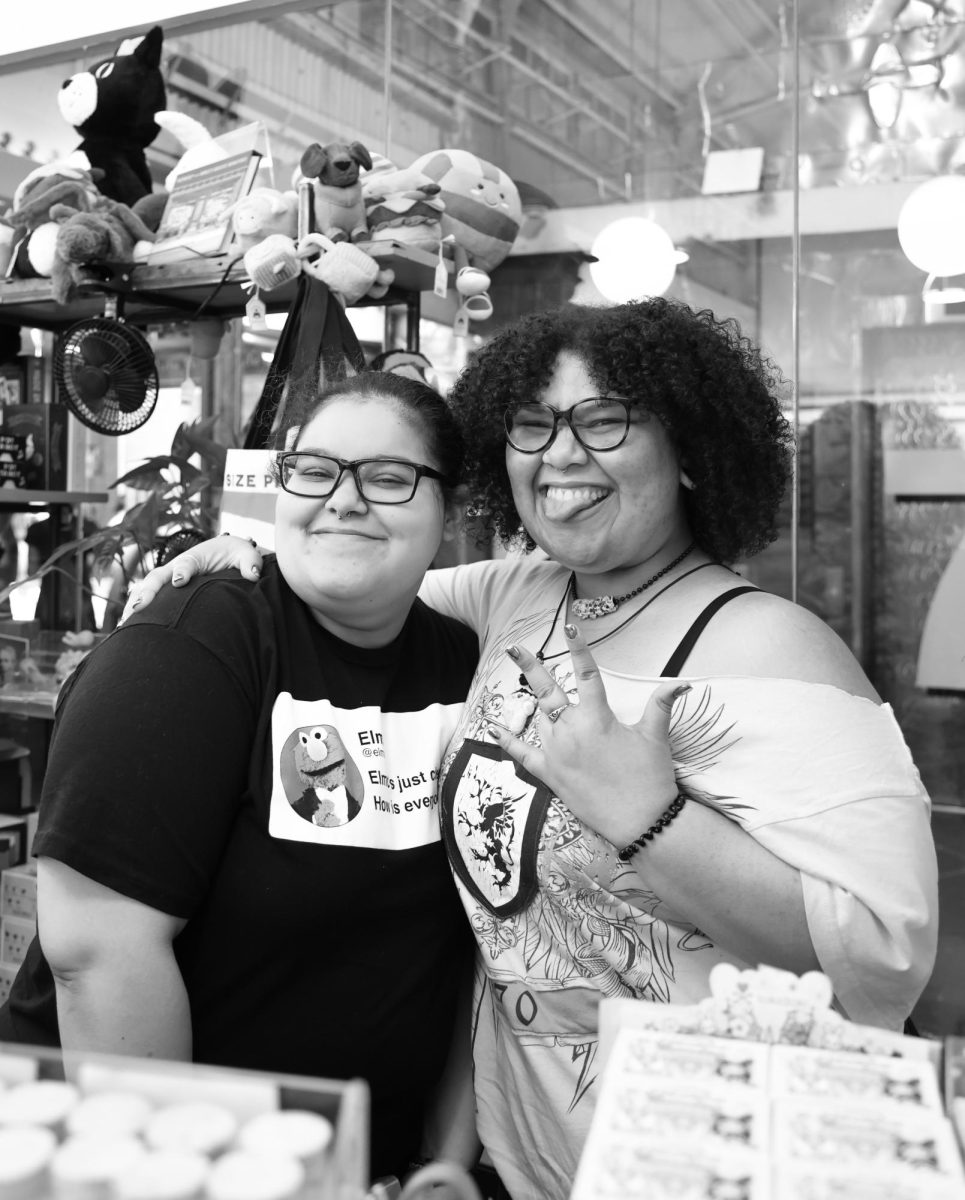“Alice in Rainbowland” makes waves with a new perspective on Lewis Carroll’s classic
Film, which mixes fun and whimsy with powerful underlying message, available through American Repertory Theater until June 30
Courtesy Carven Creative Media
Lilly Rose Valore plays the the title character in “Alice in Rainbowland.”
June 24, 2021
In a virtual performance available through June 30, Boston’s American Repertory Theater reimagined the classic story “Alice in Wonderland” as an adventure through queer life. “Alice in Rainbowland” uses unconventional art forms to compose social commentary on the hardships the performers’ endure as LGBTQ people and people of color.
While the production keeps an air of fun and whimsy, it also touches on critical social issues within the LGBTQ+ community. In one powerful moment of the show, Lilly Rose Valore as Alice dances to Lady Gaga’s “Alice” with a transgender pride flag and a brick, symbolizing the Stonewall riot, a pivotal moment in LGBTQ+ history.
“I wanted to amplify the thing that I’ve been screaming about since 2016, which is the alarming rate that black trans women are murdered these days,” said Valore, who played Alice in the show, said.
Some of the topics discussed in the show are universal, but some are unique to the artistic community. One of these is the issue of same-sex dance couples. Historically, partner dances have been exclusively between a man and a woman. However, some artists, including “Alice in Rainbowland” cast member Tina Cavicchio have made strides to dismantle these standards.
“I was always taught that there was a man role and a woman role and that’s where I stayed for many, many years,” said Cavicchio, who played the Cheshire Cat. “Then I came into the Afro-Latin dance community and saw people who broke that.”
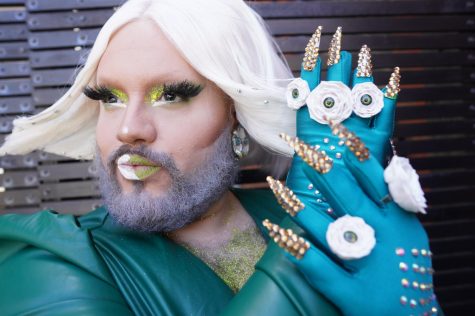
“Alice in Rainbowland” is a somewhat unique production, considering its cast is predominantly people of color. A substantial issue in the theater community is representation. Many performances fail to adequately represent the racial diversity in America though casting. This was a main concern for art director Ana Masacote when creating the show.
“For too long [people of color] have always been in the supporting cast, or in the background. There need to be more stories that place our stories, these untold stories, front and center,” Masacote said.
Although the show covers global issues, it still remains intimate to its local roots in Boston.
“I take a lot of inspiration from a lot of my fellow artists in Massachusetts,” said drag performer Just JP, who played White Flower. “We have an amazing bunch of entertainers from drag queens to drag kings to drag things.”
From its joyful moments to its powerful underlying message, “Alice in Rainbowland” leaves a mark on the audience and the community as a whole.
“I definitely believe art can change worlds,” Masacote said.
(To watch “Alice in Rainbowland” or for more information, go to the American Repertory Theater website.)
–June 23, 2021–

